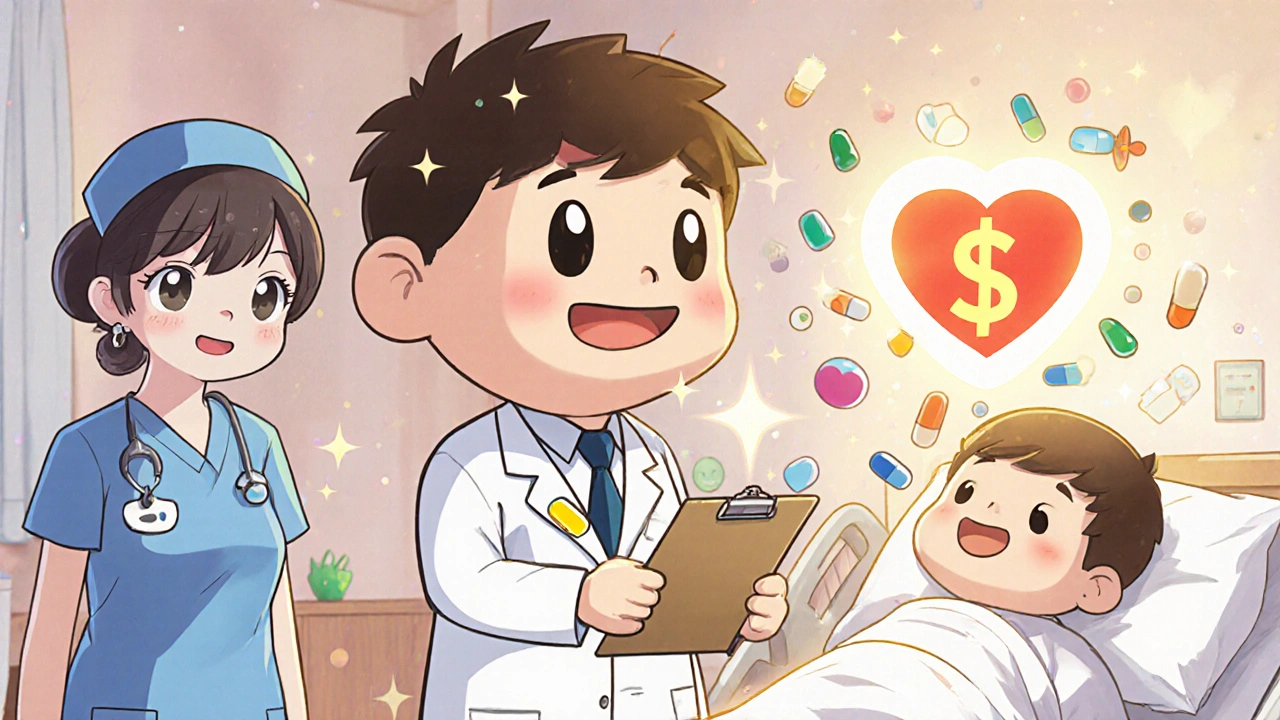Pharmacist-Led Care: What It Is and How It Improves Your Health
When you think of a pharmacist, you might picture someone handing out pills at the counter. But pharmacist-led care, a model where pharmacists actively manage patient medication plans under clinical supervision. Also known as clinical pharmacy services, it’s changing how people take control of their health—especially those juggling multiple prescriptions. This isn’t just about filling scripts. It’s about catching dangerous drug interactions before they happen, adjusting doses based on how your body responds, and making sure you actually understand why you’re taking that pill.
Pharmacist-led care encompasses medication therapy management, where pharmacists review all your drugs—prescription, OTC, and supplements—to spot gaps and risks. It requires deep knowledge of drug interactions, renal and liver function, and patient behavior. And it relates to patient safety in a direct, measurable way: studies show patients under pharmacist-led care have 30% fewer hospital readmissions for conditions like heart failure or diabetes. These aren’t hypotheticals. In clinics across the U.S. and UK, pharmacists now work side-by-side with doctors, not just as assistants, but as decision-makers.
Take someone on five different meds for high blood pressure, diabetes, and arthritis. Without coordinated care, one drug might raise their sugar, another might wreck their kidneys. A pharmacist steps in, checks lab results, talks to the patient about side effects they’re too embarrassed to mention, and cuts out the redundant or harmful ones. That’s pharmacist-led care in action. It’s not magic—it’s expertise. And it’s available in more places than you think: community pharmacies, VA hospitals, chronic disease clinics, even telehealth visits.
You’ll find posts here that dig into real-world examples: how a nasal spray for allergies might clash with a heart medication, why women react differently to certain drugs, or how a simple change in antibiotic timing can stop resistance before it starts. These aren’t abstract theories. They’re daily decisions pharmacists make to keep people out of the ER. Whether you’re managing your own meds, caring for an aging parent, or just tired of guessing what that tiny white pill is for, this collection gives you the facts you need to ask the right questions—and get better care.
Cost-Saving Strategies While Maintaining Medication Safety

Discover how hospitals and patients can cut medication costs without risking safety-through pharmacist-led care, generics, better communication, and smart tech use. Real data, real savings.
read more



